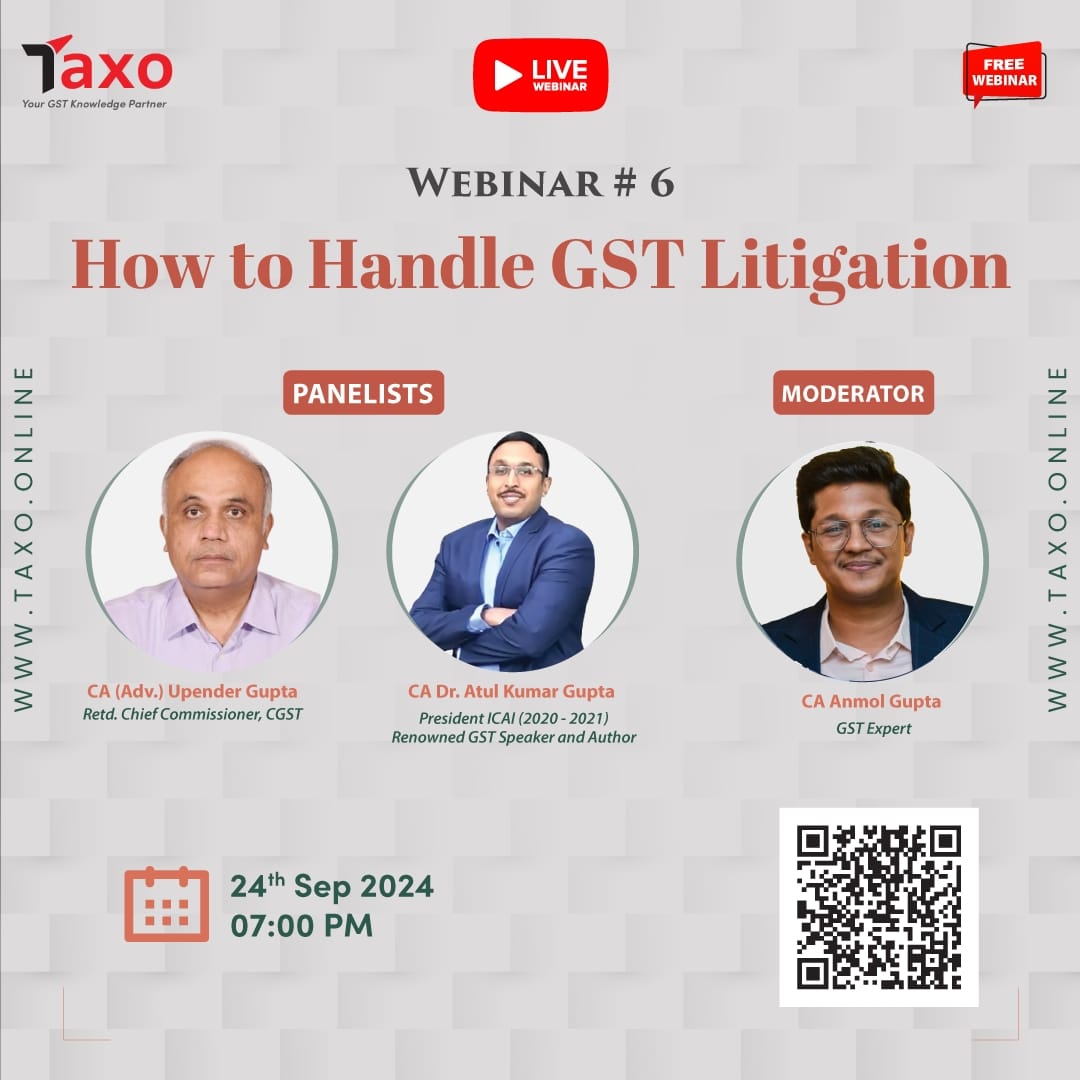The Central Board of Excise and Customs (‘CBEC’) vide Circular No. 113/07/2009-ST dated April 23, 2009 had laid down the procedure for carrying out detailed scrutiny of Service Tax Returns and had circulated a Return Scrutiny Manual for Service tax. However, with the advent of Negative List based comprehensive taxation of services, the CBEC has unveiled the revised guidelines for detailed scrutiny of ST-3 Returns to be followed by the Revenue with effect from August 1, 2015 vide Circular No. 185/4/2015-ST dated June 30, 2015.
In order to put in place a strong ‘return scrutiny’ system, a two part system of return was envisaged- a preliminary scrutiny which would be online covering all the returns; and a detailed manual scrutiny of scrutiny returns, identified on the basis of risk parameters, to be done by the Division/Range offices and should be carried out in the manner outlined below-
- Preliminary Online Scrutiny
The purpose is to ensure the completeness of the information furnished in the return, arithmetic correctness of the amount computed as tax and its timely payment, timely Submission of the return and identification of non-filers and stop-filers. On the basis of validation checks returns having certain errors are marked for Review and Correction (Rnc).
- Detailed Manual Scrutiny
The purpose is to ensure the correctness of the assessment made by the assesse and this includes checking the taxability of the service, the correctness of the value of taxable services. In doing this Proper Officer must rely mainly on assessment related documents like agreements/contracts and invoices.
- Selection of Returns for Detailed Scrutiny
Core focus would be in respect of such assesses whose total tax paid (Cash + CENVAT) for the FY 2014-15 is below Rs 50 Lakhs. Each Commissionerate has to select equal number of assesses for carrying out returns scrutiny from each of the these three total tax paid bands (Cash + CENVAT) viz. Rs 0 to 10 lakhs, Rs 10-25 lakhs, Rs 25-50 lakhs for the financial year 2014-15.
However, the assessees who have been selected for audit or have been audited recently (in the past three years) should not be taken up for detailed scrutiny. However, the Chief Commissioner, may direct detailed manual scrutiny of an assesses return who has paid service tax (cash + CENVAT) more than Rs 50 lakhs in certain specific cases. In no event should as assesse be subjected to both audit and detailed manual scrutiny.
- Methodology
Detailed scrutiny of returns must be conducted by the Service Tax Range headed by the Superintendent and assisted by a complement of inspectors. However, the Divisional DC/AC shall be responsible for the overall supervision of this business process in respect of his/her division. Before return scrutiny is initiated, the assesse must be given prior intimation of at least fifteen days and the purpose of the exercise must be spelt out in an intimation letter.
To begin with, the returns for the financial year 2013-14 should be taken up for detailed scrutiny. One of the important objective of return scrutiny is to ensure validation of the information furnished in the self-assessed ST-3 return. The Validation exercise would require reconciling information furnished in the ST-3 return with ITR Form Nos. 4, 5, 6 and 26AA and any third party information made available.
- Checklist
For achieving the stated objectives, the checks have been categorized as follows:-
- Reconciliation for validation of the information furnished in the ST-3 return;
- Taxability in respect of services which may have escaped assessment;
- Classification (for the purposes of due availment of abatement/ exemption benefit);
- Valuation; and
- CENVAT Credit availment/utilization.
In normal circumstances Scrutiny process of an assessee should be completed in a period not exceeding three months and in no event should an assessee be subjected to both audit and detailed manual scrutiny;
“Even after the introduction of GST, it may be appreciated that the basic principles of scrutiny of returns and reconciliation of records would remain the same.“


